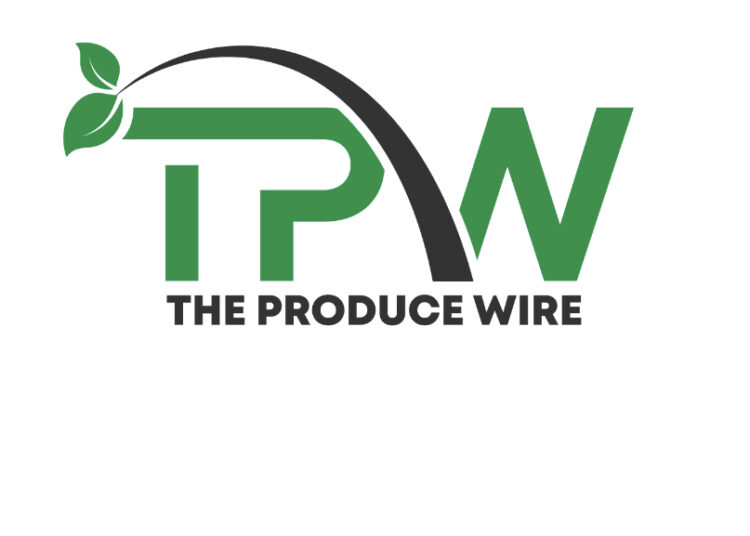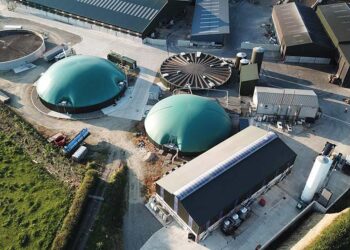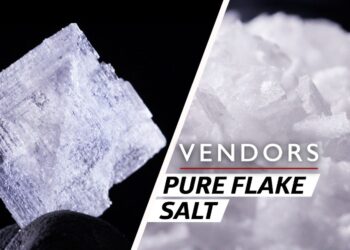New scientific evidence has been assessed in a document looking at the pros and cons of fish consumption.
The Food and Agriculture Organization of the United Nations (FAO) and the World Health Organization (WHO) used a literature review and expert consultation to update a 2010 report on the risks and benefits of fish consumption.
The focus was on the health benefits from fish; toxic effects of dioxins and dioxin-like polychlorinated biphenyls (dl-PCBs); toxic effects of methylmercury (MeHg); the role of selenium (Se) with regard to the health effects of MeHg; and occurrence data for MeHg, dioxins and dl-PCBs in fishery and aquaculture products.
The background document was prepared by the Institute of Marine Research (IMR) in Norway and included a report published in June 2022 by the Norwegian Scientific Committee for Food and Environment (VKM) on benefits and risks of fish in the Norwegian diet.
There is public concern regarding the presence of chemical contaminants in fish but also increasing clarity on the nutritional benefits of including fish in the diet.
The evidence of a protective effect of maternal total fish intake in pregnancy on the risk of preterm birth and low birth weight were graded as probable. There were probable protective effects of fish intake on coronary heart disease and total stroke incidence. There was some evidence that eating fish reduces the risk of dementia, Alzheimer’s disease, and cognitive decline.
Potential risks
Dioxins and dl-PCBs are members of a group of compounds that are classified as persistent organic pollutants.
Scientists looked at reproductive effects, birth outcomes, thyroid disease and thyroid hormones, type 2 diabetes and obesity, cardiovascular effects, hepatic disorders and digestive effects, effects in the immune and nervous systems, effects in teeth and bones, cancer, and other issues. A final weight of evidence was not performed, as only literature published after 2010 was included, so it was not possible to give an overall grading of the evidence.
The toxic effects of methylmercury, neurological outcomes, cardiovascular outcomes, growth, and other health outcomes were covered.
In general, farmed finfish had lower mercury concentrations than wild finfish and farmed freshwater finfish had lower levels than farmed marine finfish. Fish captured from wild stocks in marine waters had the highest concentrations.
On average, farmed finfish had lower concentrations of dioxins and dl-PCBs than wild finfish, with little difference between farmed freshwater and farmed marine fish. Fish from wild stocks in inland waters had higher concentrations than wild-caught finfish from marine waters.
Concentrations of dioxins and dl-PCBs were lower in shellfish than in finfish. Farmed shellfish had, on average, lower concentrations than wild shellfish, and the highest concentrations were found among shellfish from wild stocks.
Safety of new foods
Meanwhile, FAO has published the report of a meeting that discussed plant-based products, precision fermentation, and 3D food printing.
The document covers food safety issues, regulation, nutritional characteristics, environmental aspects, and consumer perception.
At the meeting in November 2023, it was agreed that while most food safety hazards identified were not new, the agrifood systems built for new foods are still relatively novel and can provide opportunities for the introduction of food safety hazards.
The food safety implications for plant-based products depend on how the plants are grown, harvested, stored, transported and processed to obtain the functional ingredients, as well as the intended use of ingredients in the final product. Hazards include allergens, plant toxins, heavy metals, mycotoxins, and harmful bacteria.
Production steps in precision fermentation are well-known and controlled, with the inputs and raw materials generally well-characterized and adhering to safety and quality standards. Issues include monitoring the fermentation process, including pH and oxygen consumption, to ensure growth of any undesirable microbes is detected.
Most hazards linked to 3D printed foods can also be associated with food in general. Following food safety management through good manufacturing and handling practices and proper labeling can reduce food safety risks. However, consumers who use at-home 3D printers may expose themselves to various hazards. Chemical hazards can arise from substances leaching into food from food contact surfaces.
(To sign up for a free subscription to Food Safety News, click here.)













